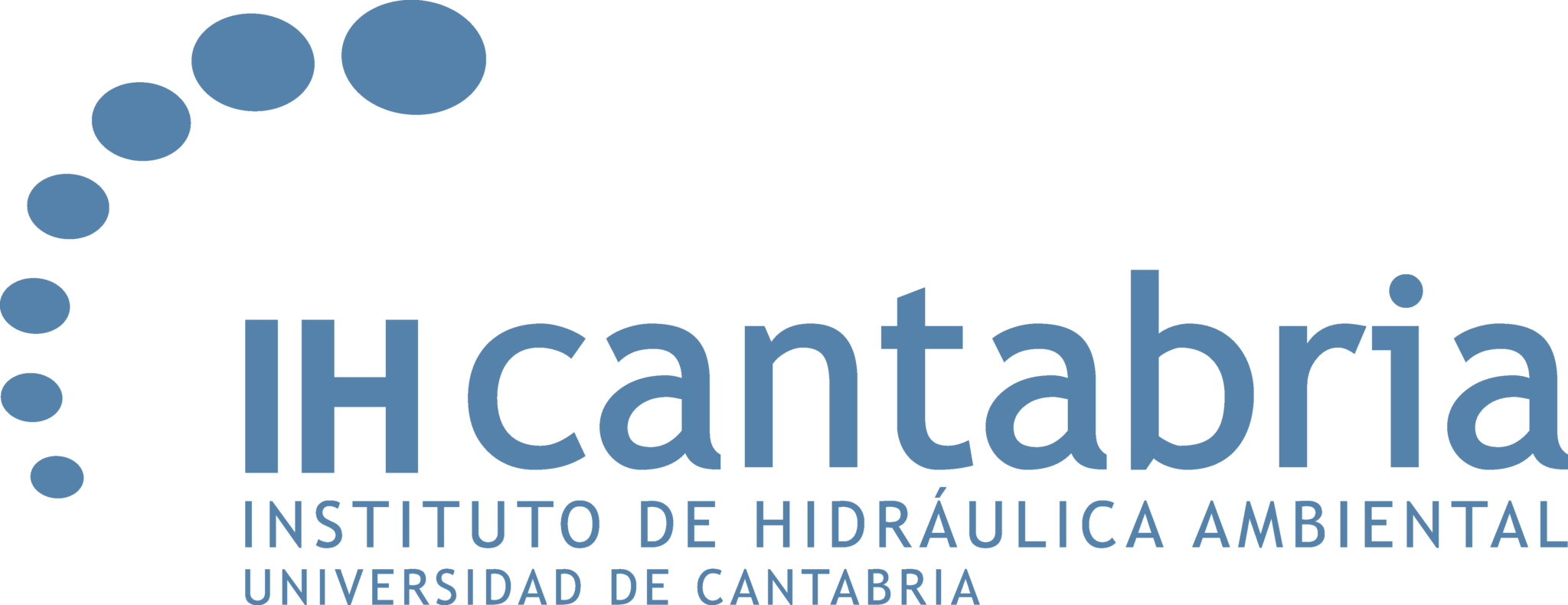Researchers at the Institute of Environmental Hydraulics of the University of Cantabria
(IHCantabria) have led the development of a novel conceptual model that allows understanding how ecosystem services are generated in river networks, including those dominated by the seasonality of their rivers and drought events. A scientific article recently published in the journal
Wiley Interdisciplinary Reviews: Water referred to this model. “Networks with temporary or intermittent rivers are extremely dynamic systems and have required a paradigm shift in river science to address the ecological and social challenges they entail. Our fundamental objective with the study has been to expand this vision that considers not only the variability of flow in the river, but also the absence of flow, to the exploration of how ecosystem services are generated in river networks”. This is explained by
Ignacio Pérez-Silos, researcher at IHCantabria and main author of the article, entitled “
Ecosystem Services in Drying River Networks: A Meta-Ecosystem Conceptual Model“. Other co-authors of this article are
José Barquín Ortiz, head of the Continental Ecosystems Group at IHCantabria, and Thibault Datry, researcher at the French National Research Institute for Agriculture, Food and Environment (INRAE). The three authors of that scientific paper addressed the challenges posed by the increase in drying events in river networks, due to climate change and other human activities. “These phenomena are seriously threatening the capacity of rivers to provide essential ecosystem services, such as clean water supply, flood regulation, nutrient regulation or carbon sequestration. We should not underestimate the wide variety of ecosystem services that occur in rivers that dry out cyclically in a natural way, but the fact that these drought events increase in frequency and intensity due to human action has a profound impact on the benefits we obtain from the river,” said José Barquín. Based on this premise, the three researchers developed the study that resulted in an innovative conceptual model. This model integrates meta-ecosystem theory into the ecosystem services assessment framework to explore how hydrological connectivity drives most of the flows of matter, energy and biodiversity in the river network, ultimately determining the provision of ecosystem services. The contribution of this model is key in a context of climate change. The conceptual model highlights how abiotic and biotic flows between terrestrial and aquatic ecosystems are fundamental to the provision of these services. Based on this, the model is built on three base components that have been identified as those that mainly explain the provision of ecosystem services along the river network and in its different hydrological phases: the intensity of abiotic flows, biodiversity patterns, and ecosystem functioning rates.
“This model not only provides a better understanding of how ecosystem services are organized in these river networks, but also provides tools for the sustainable management of watersheds in a context of increasing human and climate impact,” explains Ignacio Pérez-Silos. Some of the practical applications highlighted in the study are the prediction of the global dynamics of ecosystem services in a climate change scenario, the identification of ecosystem-based management priorities, and the assessment of human impacts on river networks. “This conceptual advance highlights the need to integrate the socioecological perspective in watershed management and highlights the critical role of terrestrial ecosystems such as forests, wetlands, floodplains, etc. on the aquatic ecosystems to which they are connected through the river network,” says José Barquín. Access to the full content of the article published in the journal Wiley Interdisciplinary Reviews: Water, through this link.



